 Currently working on a 4 layer pcb-card where I need to trace for 50 amps, any ideas how I can design it?
Currently working on a 4 layer pcb-card where I need to trace for 50 amps, any ideas how I can design it?
Any tips would be appreciated. Thanks!
 Currently working on a 4 layer pcb-card where I need to trace for 50 amps, any ideas how I can design it?
Currently working on a 4 layer pcb-card where I need to trace for 50 amps, any ideas how I can design it?
Any tips would be appreciated. Thanks!
Some work was done by years ago on this and the relevant standard is IPC2221
The basic concepts are as follows the thicker the copper the better, the wider the copper the better. Putting high current tracks on external layers is better as heat can escape easier.
That said for really high currents supplementing the tracks with external conductors helps. I have left an area free of solder resist for this and soldered of copper braid (e.g. solder-wick) in the past for home or low volume products. For higher volumes I have used copper bus-bars.
That said the maths: Note 1 mil = 0.001 inch
Let \$I\$ be the track current \$[\text{amp}]\$
Let \$A\$ be the cross-sectional area if the track \$[\text{mil}^2]\$
Let \$T\$ be the allowable track temperature rise \$[\text{ }^oC]\$
Let \$W\$ be the required track width \$[\text{mil}]\$
Let \$M\$ be the mass of copper on the PCB \$ [\text{oz} / \text{ft}^2]\$
Let \$k\$, \$b\$ and \$c\$ be constants defined by the IPC standard.
\$ A = \dfrac{I}{k \cdot T^b}^{1/c}\$
Then, the Width is calculated:
\$ W = \dfrac{A}{M \cdot 1.378} \$
where k, b, and c are constants resulting from curve fitting to the IPC-2221 curves
For IPC-2221 internal layers, \$k = 0.024\$, \$b = 0.44\$, \$c = 0.725\$
For IPC-2221 external layers, \$k = 0.048\$, \$b = 0.44\$, \$c = 0.725\$
If you do not feel like doing the the maths yourself there are many online tools
Assuming 2oz copper, 10C rise I would go with some kind of bus-bar as track is of the order of 1.3 inch wide.